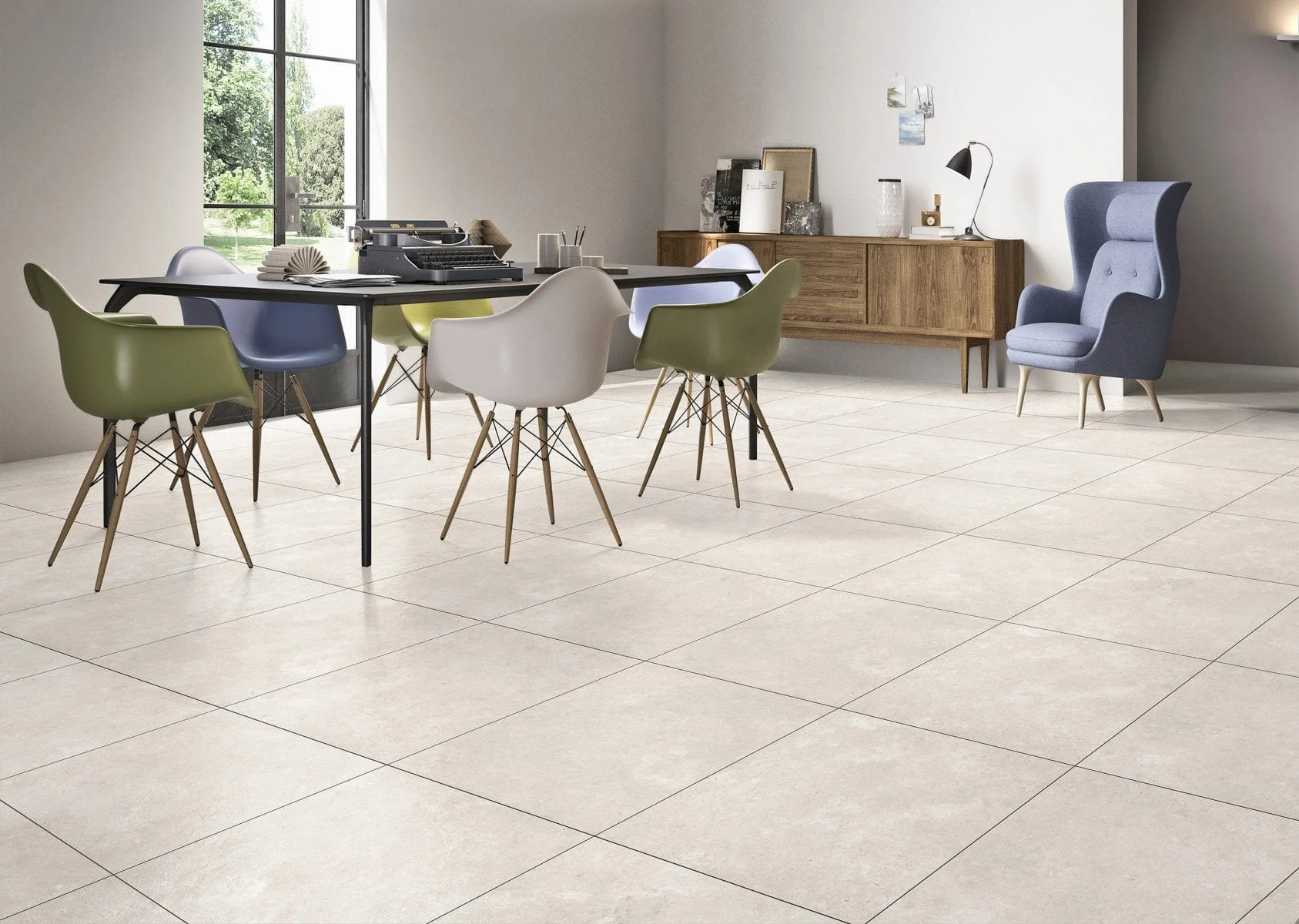Deciding between porcelain and ceramic tiles looms over every customer when it’s time to redo their bathroom, kitchen, splashback, or tile any other room in the home. However, to most consumers, porcelain and ceramic mean virtually the same thing. While they technically are, there are some elements that separate them from each other. So, allow us to guide you through the real differences between porcelain and ceramic tiles.
Why do People Confuse Porcelain and Ceramic Tiles?
Like with everything in the industry, building materials are constantly evolving and improving with technological advancements; and the treatment of porcelain and ceramic tiles has been no different.
For many years, ceramic tiles were the preferred option for tiling floors for their easy installation. But as tile manufacturing advanced, people were introduced to porcelain tiles, the alternative material with a much higher price tag. This left people wondering (and still does); if porcelain and ceramic tiles are used for the same applications and installed with the same methods, why should I pay more for porcelain?
How They’re Made
The major differences between porcelain and ceramic tiles boil down to the process of making them. Porcelain tiles are made with a special, high-density clay, fired at a high temperature, and glazed with a liquified glass coating. Ceramic tiles are made with a coarser clay fired at a lower temperature and then glazed.
Due to the differences in density, porcelain tiles are more water-resistant than ceramic tiles – making them the preferable option for high-traffic commercial applications.
The other difference to understand is the way in which they’re finished. Porcelain tiles have straight, rectified edges which means they can be installed with tighter grout lines to create the illusion of a seamless surface. Ceramic tiles come with cushion or rolled edge which requires larger grout lines between tiles.
Similarly, high-quality porcelain tiles feature more intricate and realistic prints to replicate natural stone and concrete surfaces, while ceramic tiles are manufactured with basic glazing patterns with less variation.
Factors to Consider When Selecting Tiles
When you’re selecting tiles for your next bathroom, kitchen, or renovation project, you should firstly consider the scale of your project, aesthetic, and budget.
Most entry-level builder’s selections will allow a budget for ceramic tiles for their affordability and easy installation. If you’re building your dream home and want to invest a little more into your finishes, porcelain tiles are the perfect solution.
Doing the Best for Your Project
There you have it, friends; the real difference between porcelain vs. ceramic tiles explained. Geelong Tiles & Bathware has a huge selection of porcelain and ceramic designer tiles that will elevate the look of your new space. Book in a selection with our designers, who will take the time to understand your needs and find the best material and tile design for your project.




